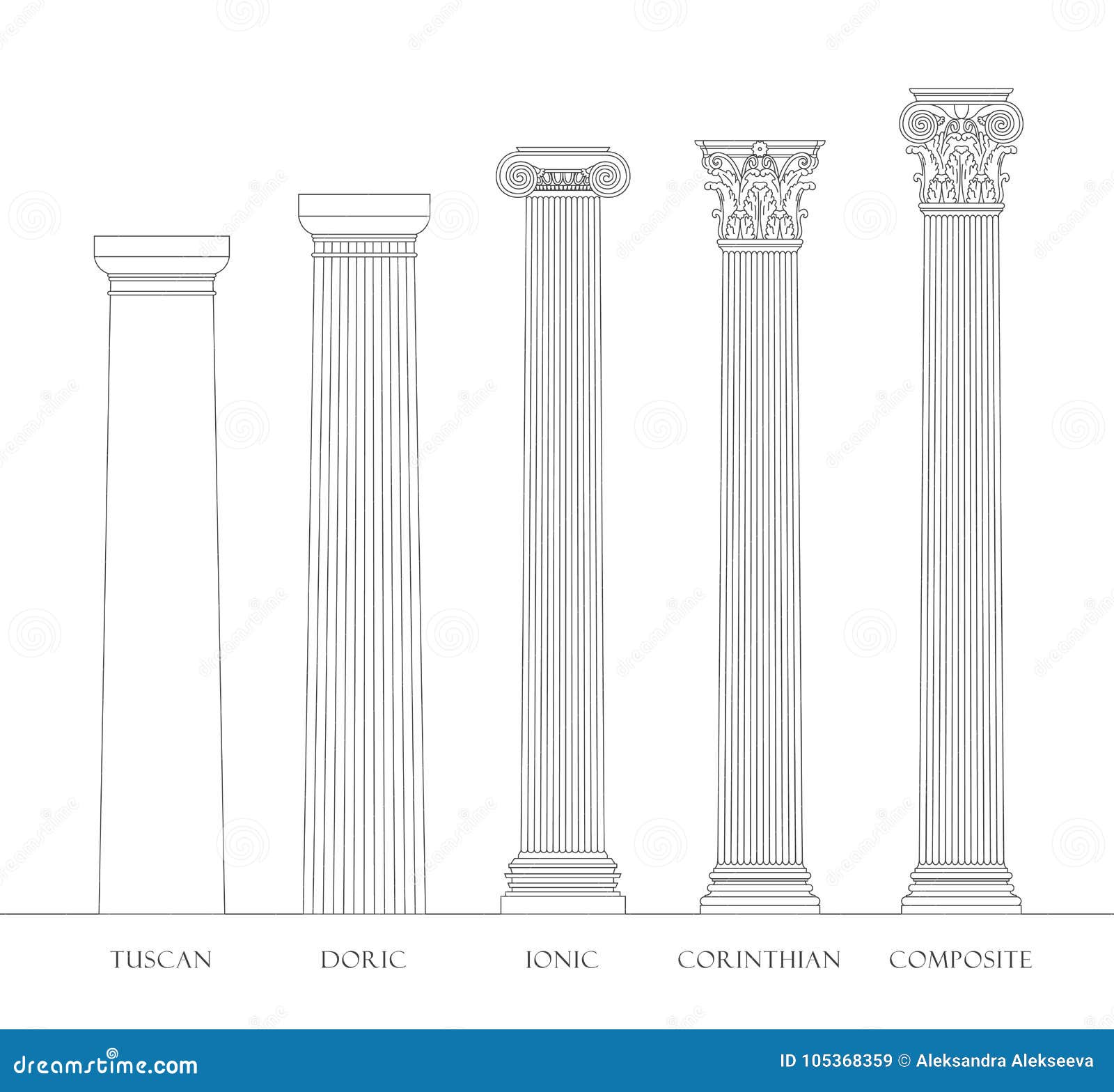
Insert mode is one of Dorico’s unique superpowers, allowing users to easily change rhythms, insert or remove music from the middle of a flow, while retaining all subsequent music. With melodies, bass lines and inner textures automatically captured, completion is only a few steps away as soon as recording is over. Whether using the new smart MIDI import workflow or recording music in real time from a MIDI keyboard, Dorico 4 now automatically separates the music played into separate voices, producing a much cleaner transcription than ever before. Dorico 4 changes all this at a stroke, introducing a powerful new MIDI import workflow that intelligently interprets incoming tracks, and remembers the user’s choices for future imports.
DORICO TRIAL SOFTWARE
Smart MIDI importīringing MIDI data into music notation software from a large orchestral template in a DAW can take hours, meticulously copying and pasting music from one staff to another, deciphering track names to work out what instrument and playing technique they might represent. Editing continuous controllers, dynamics and velocities in line with the music notation has never been easier, and producing mock-ups and rehearsal tracks is now even quicker with Dorico 4. The view is automatically kept in sync, so users will never get lost. With the introduction of a dedicated Key Editor in the lower zone in Write mode, it’s now easier than ever to shape the MIDI performance of music notation. With Dorico 4, it’s quicker and easier than ever to go from inspiration to finished product.
DORICO TRIAL FREE
Every member of the family, from the free Dorico for iPad and Dorico SE, through the mid-range Dorico Elements, to the flagship Dorico Pro, is refreshed with powerful new workflows. HAMBURG, Germany - Steinberg today announced the immediate availability of major new updates to its Dorico family of music notation and composition software. That’s probably the best place to go to seek advice.The latest versions of Steinberg’s complete family of music notation and composition software for Mac, Windows and iPad introduce fast and powerful new workflows.

The official Steinberg forum is active, and the dev team is very engaged to assist users there. Reading the documentation, learning keystrokes, and watching the Dorico team’s explainer YouTube videos really is the fastest way to get up and running. Many things Tantacrul complained were difficult in his video are easily achieved by just one or two keystrokes, and use of the rhythmic grid, which is a foundational aspect of the UI that Tantacrul didn’t showcase.

Keyboard input is much more effective than point and click. This has far-reaching implications regarding input, e.g. Meter is imposed on top of music, rather than music being confined to measures. In Dorico, music exists independent of barlines. To speed the learning process along it is important to keep a few things in mind:

DORICO TRIAL TRIAL
There is a 30 day free trial period I believe, so I would recommend trying before buying. I can’t speak to Sibelius as I switched from Finale way back in 2016, but as of 3.0 (and now even more with 3.5) I can do everything I’ve ever needed to do in Finale in Dorico, and far far more on top of that.


 0 kommentar(er)
0 kommentar(er)
